Description
Accommodation
BER Details
Negotiator
Show more...
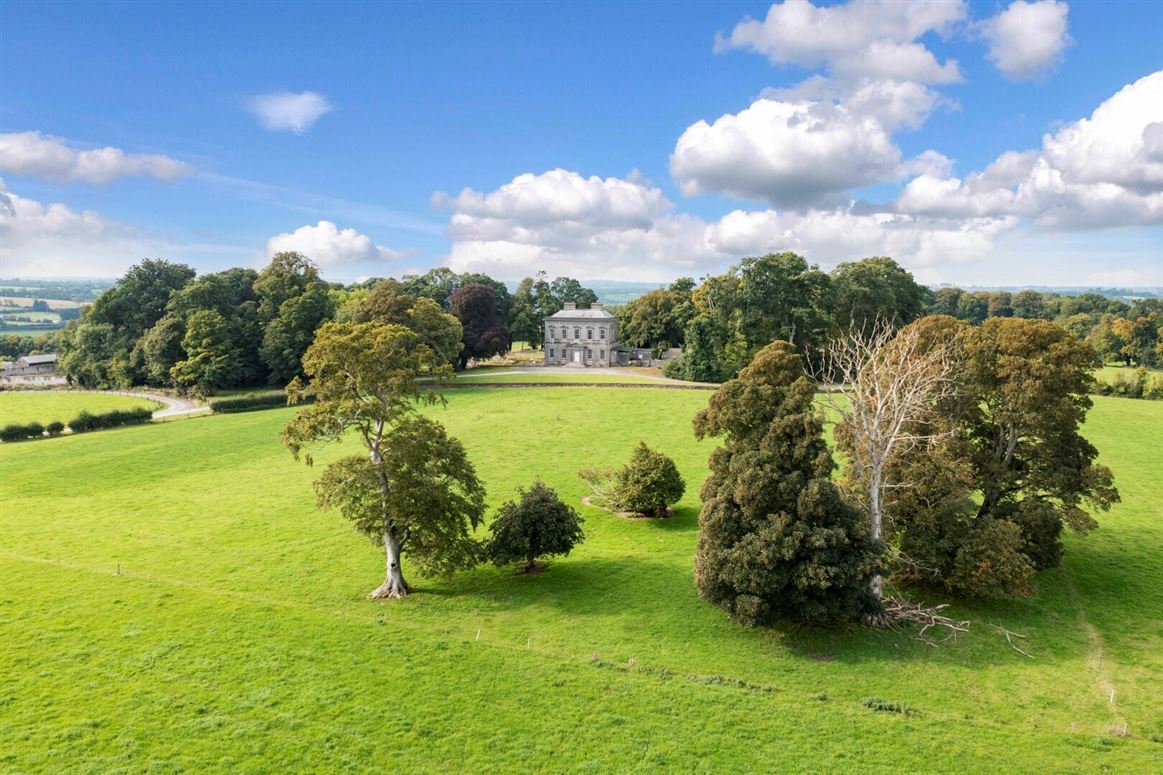
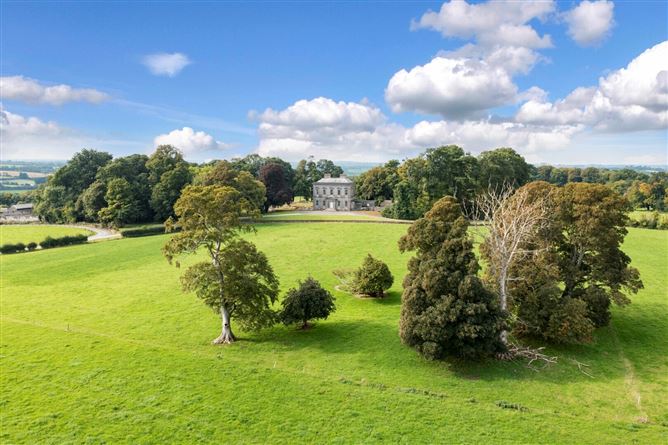
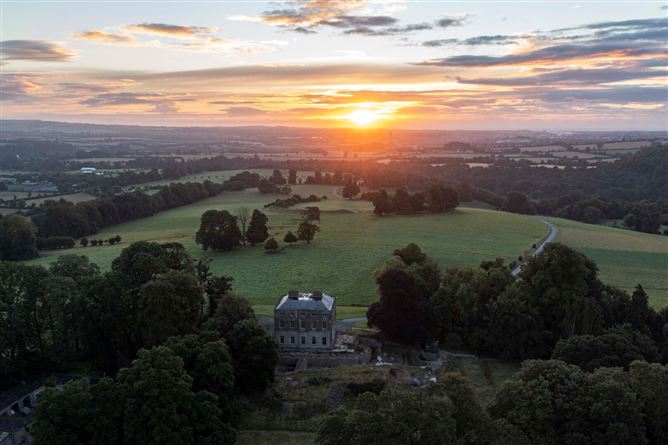
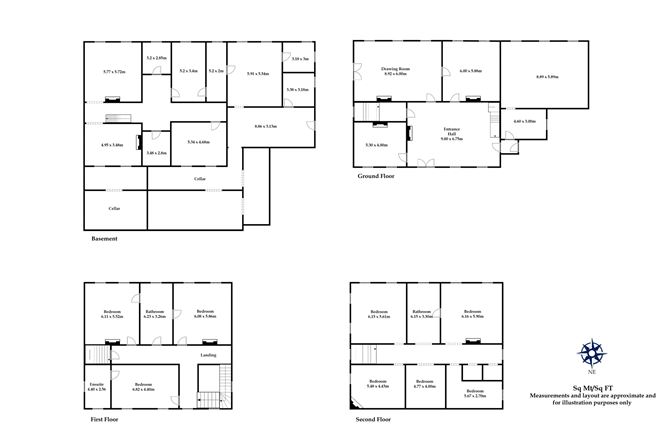
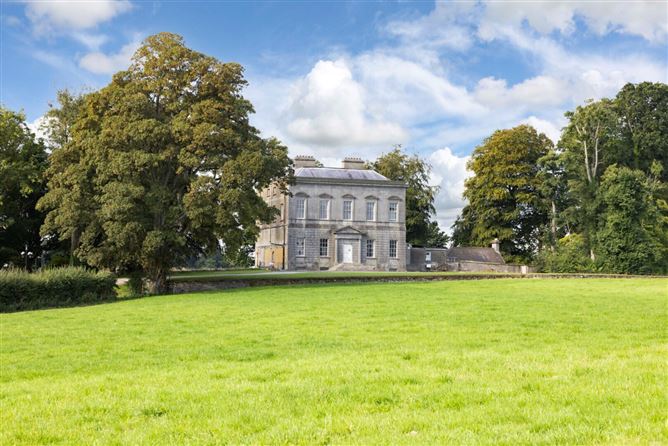



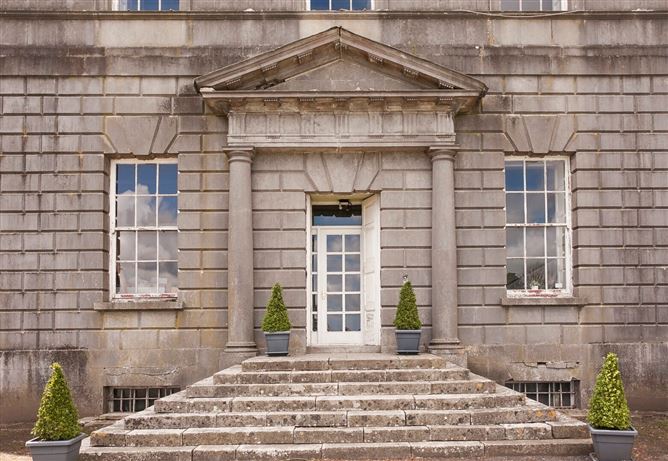

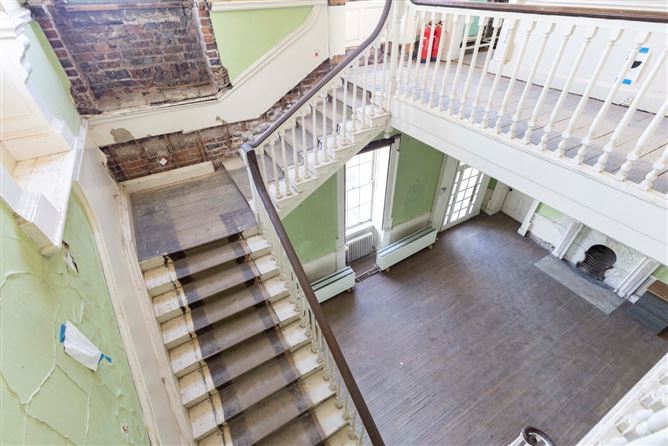

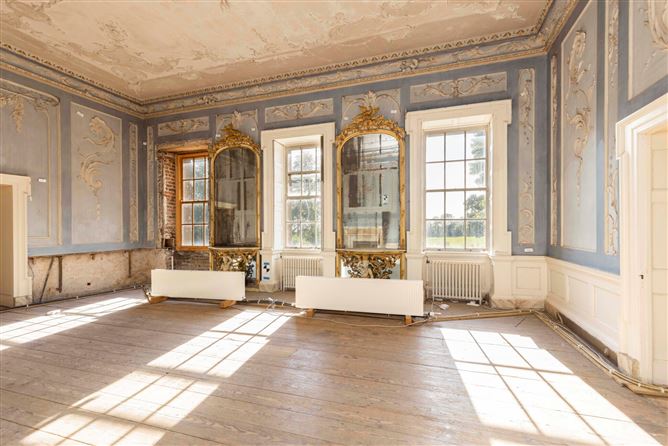
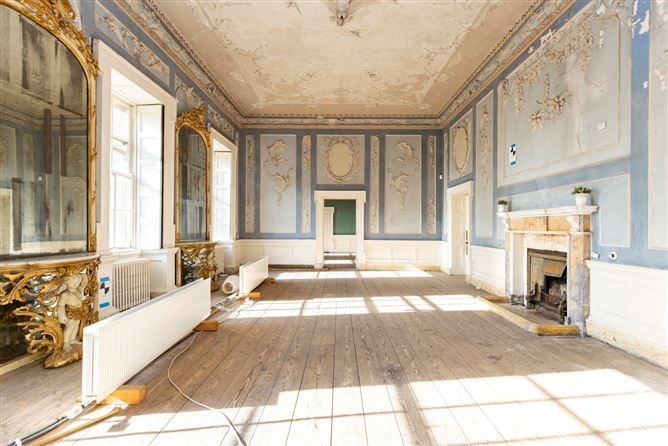
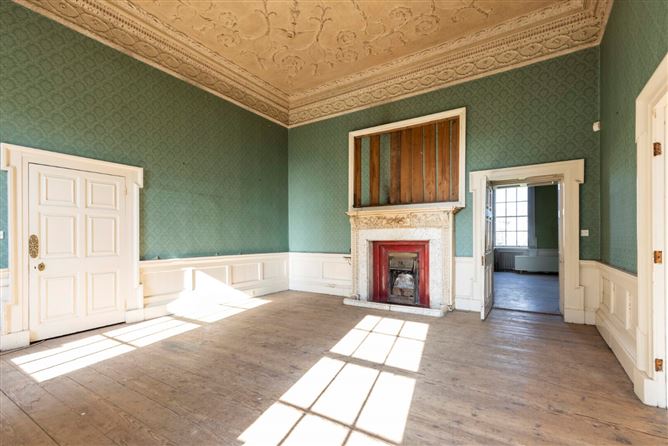
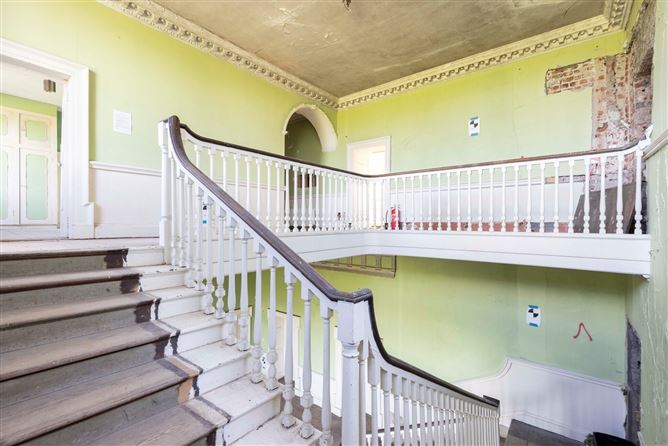
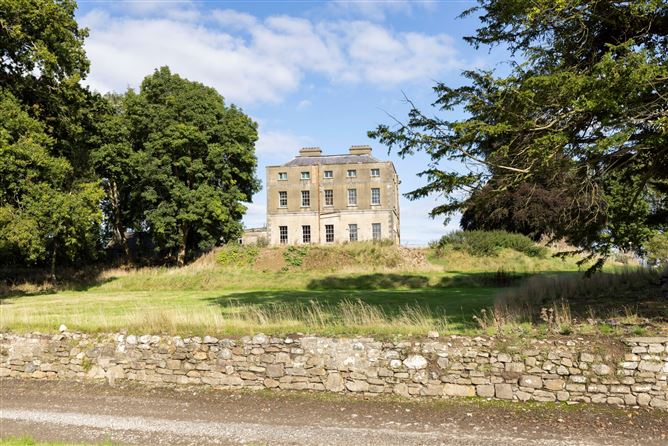
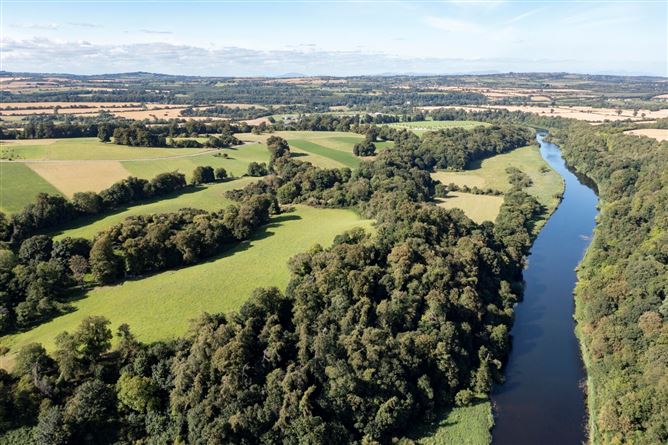

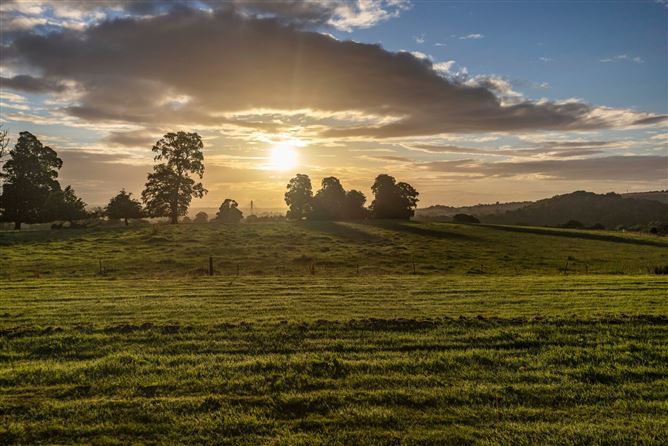
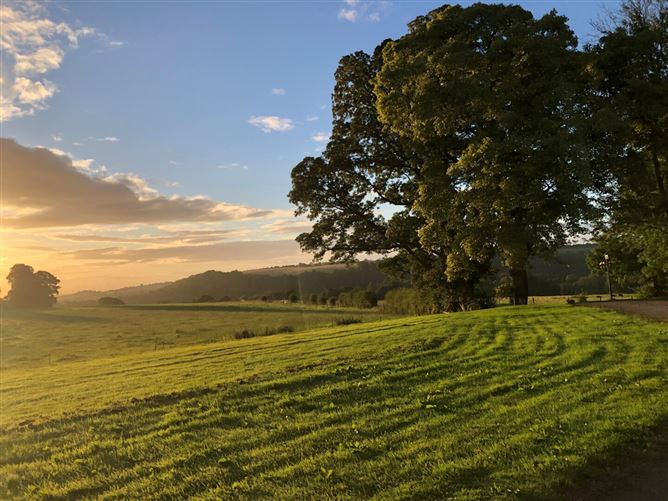
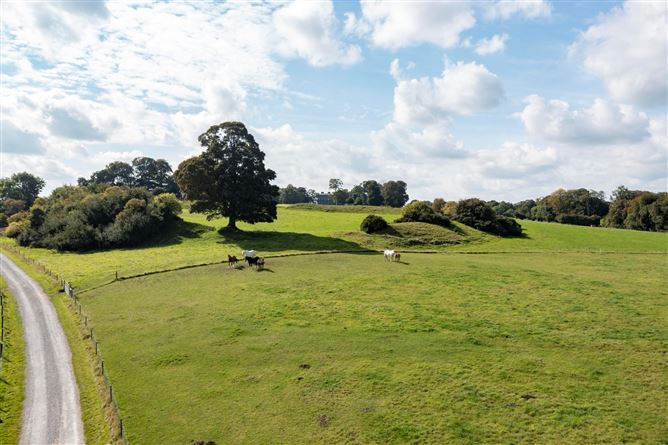
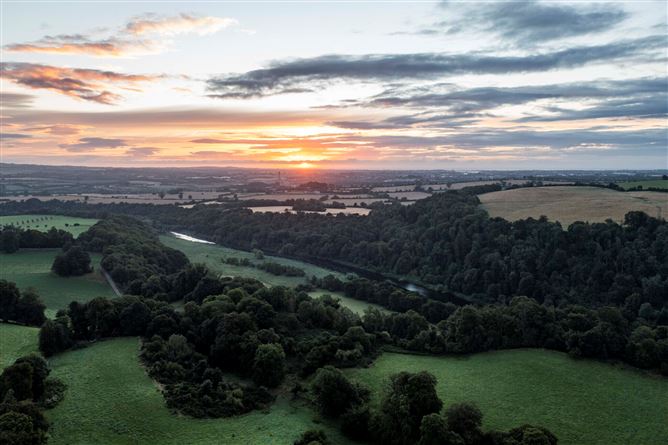
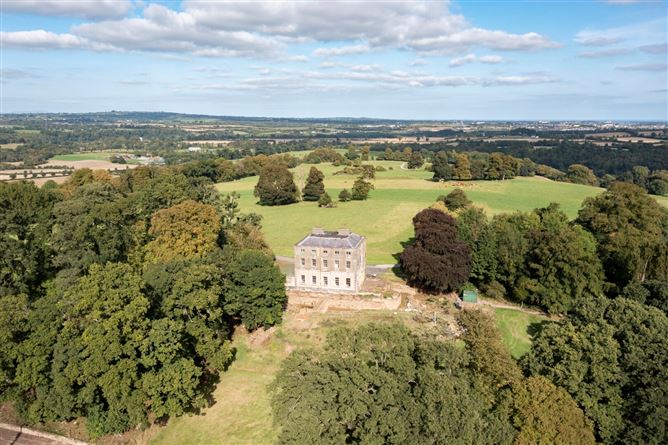
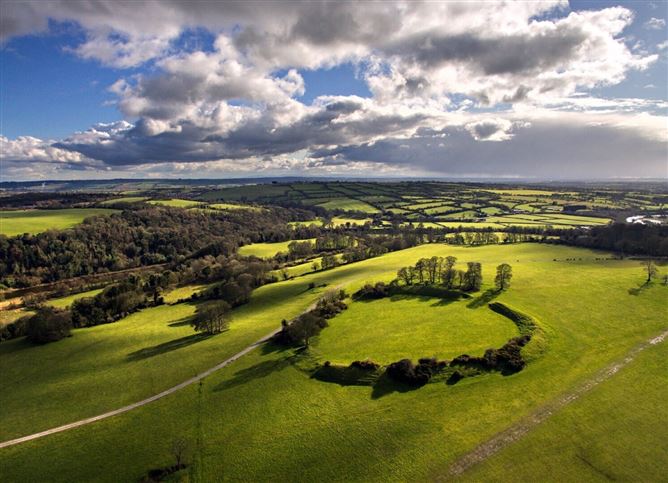

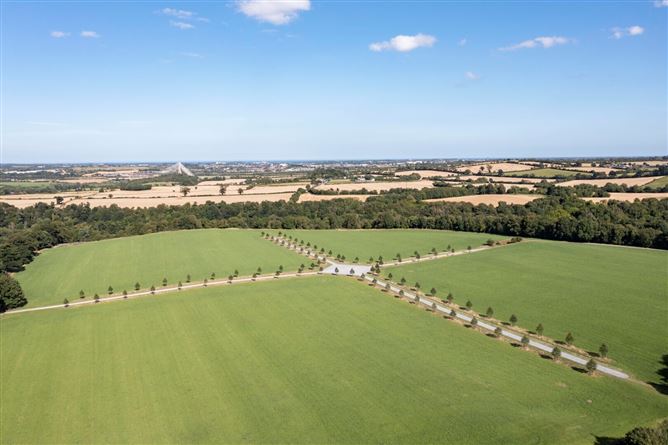
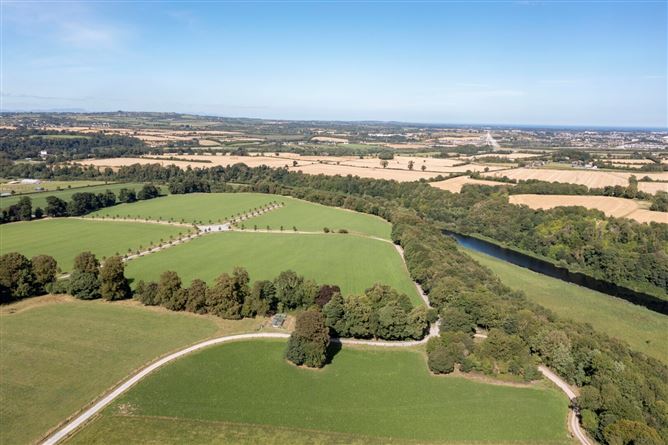
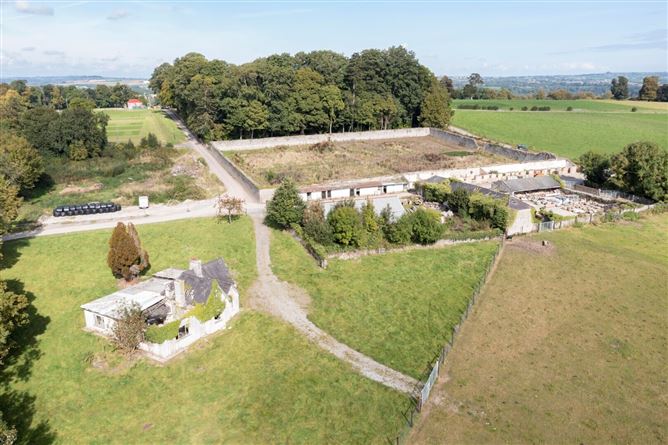
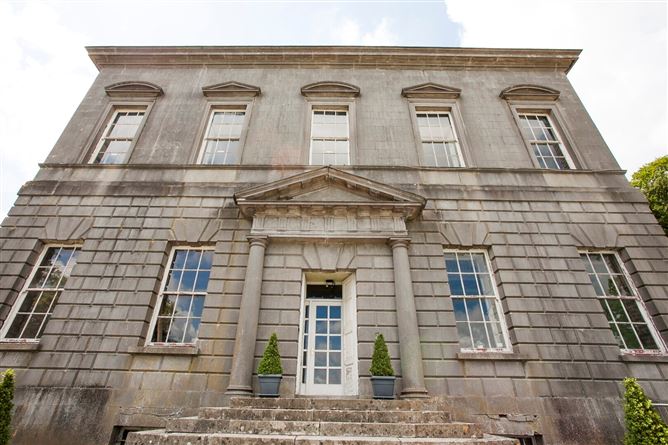
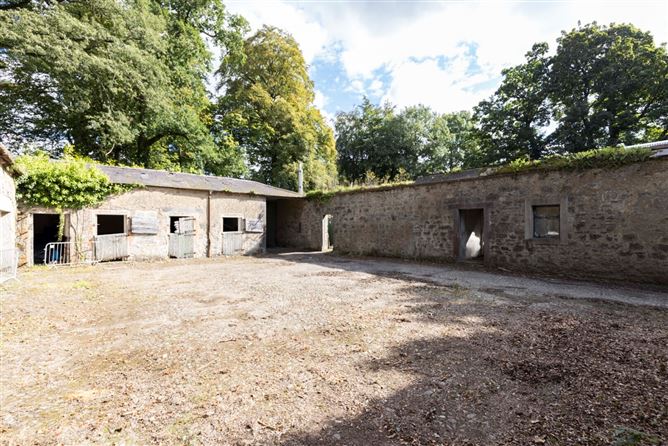
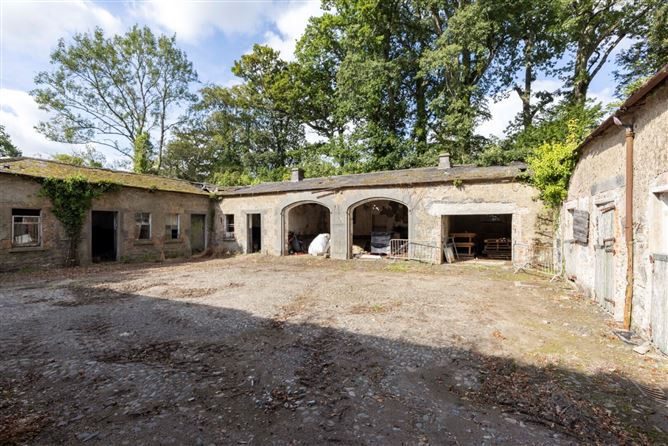
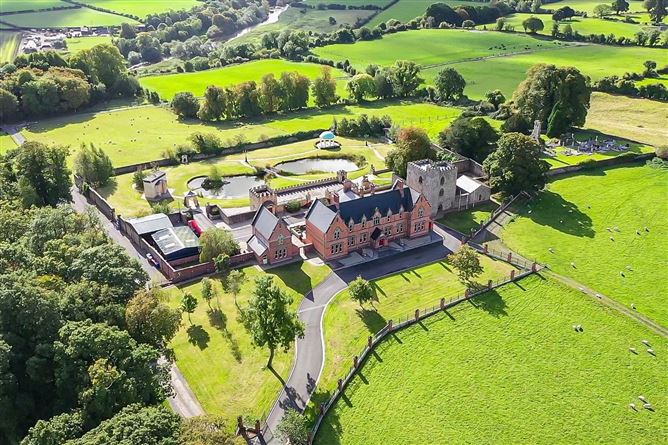
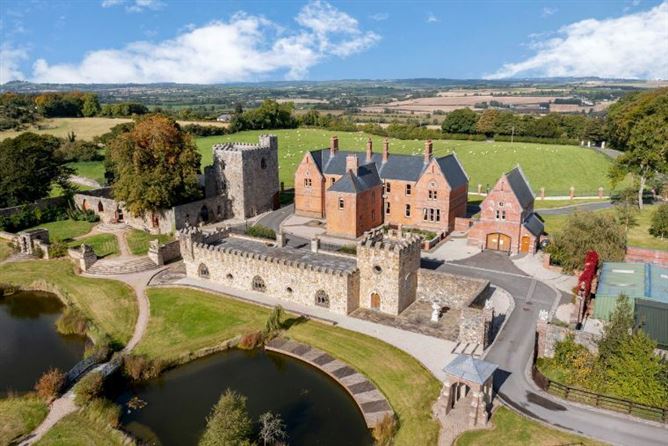

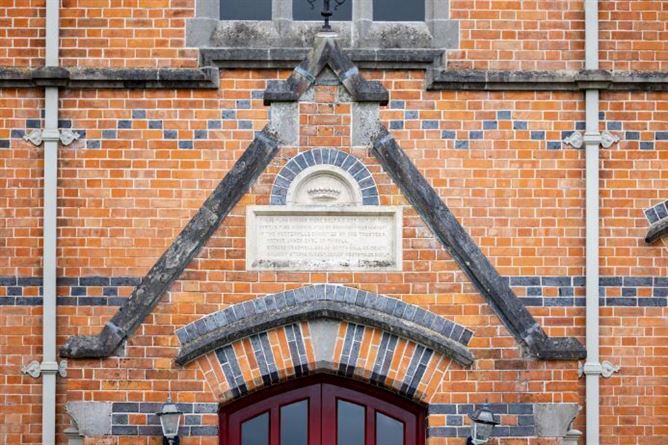

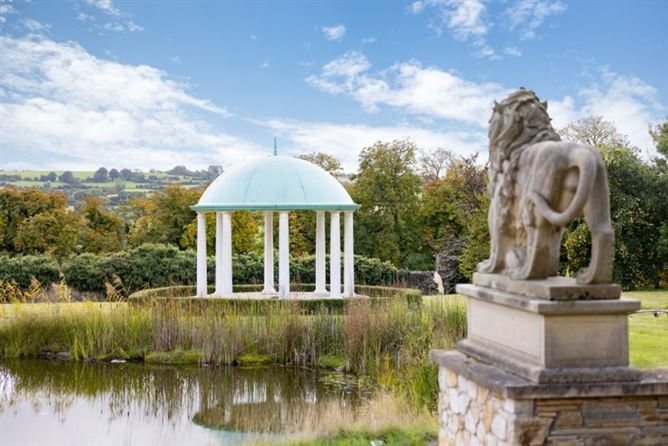
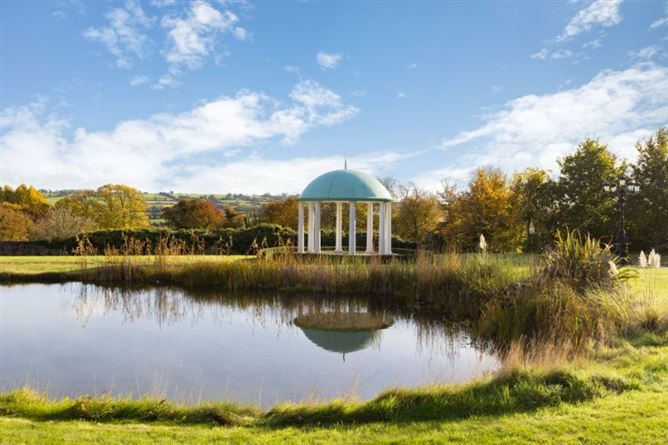
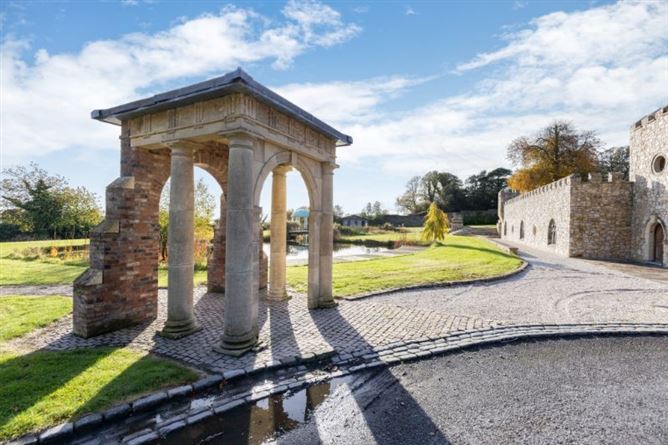
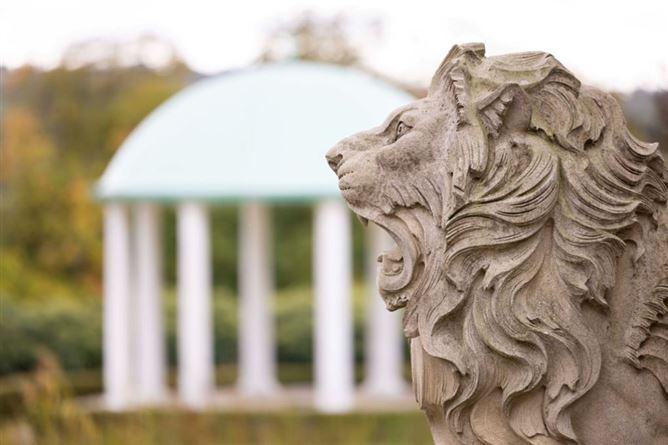

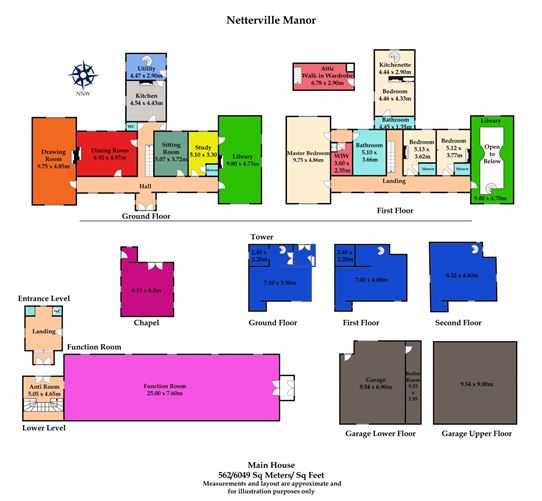


| Beds | 7 beds |
| Price | Sold |
| Property Type | Country House |
| Size | 970 meters2 |
| Energy Rating | BER-Exempt |
| Refreshed on | |
| Eircode | A92 T2T7 |
| Group Name | Sherry FitzGerald Country Homes, Farms & Estates |
| Sales License Number | 002183 |
Description
ONE OF THE OLDEST FARMS IN THE WORLD. SPECIAL FEATURES • Approx. 223 Hectares (552 Acre) Estate with lands laid out in grazing paddocks and woodlands in the Boyne Valley. • Bounded by 3.34km of the River Boyne, with private access and fishing rights. • Historic 18th Century Georgian Country residence at the focal point of the Estate. • Victorian country house of architectural excellence also included. • 1 of 12 exemplary sustainable farms worldwide, the Global Network of Lighthouse Farms • Productive lands suitable for several uses such as grazing or tillage. • Beautiful old walled garden, stables and 5 additional houses surrounding the main house. • Located just outside the historic town of Drogheda and village of Slane in the heart of County Meath • Approx. 47km from Dublin International Airport • Excellent road network throughout the lands • Lands very well laid out with the majority newly fenced and secure • Spectacular views over Newgrange Stone Age Passage Tomb • Full planning permission for the restoration of the Main Residence • Private grass airstrip on land directly adjacent to estate With 6000 years of documented history and now home to ground-breaking food production research, Dowth Hall is a significant approx. 223 Hectares (552 Acre) Estate of rolling lands and lush woodland with a breath-taking backdrop of the Boyne River and Valley in the heart of County Meath. Within 30 minutes' drive of Dublin airport and 45 minutes' drive of Dublin city centre. Included in the Estate is Netterville Manor, a significant country house of Victorian architectural excellence. ONE OF THE OLDEST FARMS IN THE WORLD Ancient farming and civilisation at its genesis can be found at Dowth, dating back 6000 years ago. The 552 acres of roaming pasturelands and mystifying woodland are bounded by the River Boyne, with Dowth Hall at the focal point of the estate. Situated less than fifty-five kilometres from Dublin, Dowth is a rare architectural example of excellence in prehistoric architectural preservation with a stunning backdrop of the Boyne Valley and surrounding countryside a rare commodity on the market these days. The transformation from the Mesolithic period, characterised by hunter gatherers, to Neolithic farmers happened around 6,000 years ago in Ireland. For the first time settlements remained in permanent locations formed by farming communities. The three principal megalithic passage tombs of Newgrange, Knowth and Dowth dating from 5,500 years ago, that together form the world-renowned Brú na Bóinne UNESCO World Heritage Site, are a testament to the success of these first Irish farmers and the fertility of the rich Boyne Valley soil. Dowth Hall sits regally on the highest point on the estate, looking out over the spectacular Boyne Valley, a rich and royal landscape. Built in 1745, this 18th century country pile is the perfect example of a Georgian Country house. Whilst the historic finds around the house have been the centre of attention at Dowth, this period residence tells a story in itself and the owners have lovingly preserved and readied the structure for a full restoration. LOCATION Dowth is located between the townlands of Slane and Drogheda in County Meath which is named 'The Royal County' due to its history as the seat of the High King of Ireland. Meath was formed from the eastern part of the former Kingdom of Mide but now forms part of the province of Leinster. The seat of the High King of Ireland was located at Tara Hill which, is only some 10 km / 6 miles from Navan. Slane is a beautiful village and rich in history and is very well known throughout the world for the renowned concerts that Slane Castle holds regularly and now is also known for Slane Castle Whiskey. The Castle is the focal point of the village and attracts many tourists into the area creating a vibrant atmosphere all year round. The Conyngham Arms Hotel, Inside Out Restaurant and Village Inn are great spots for a bite to eat and the local bakery, Georges Patisserie is a popular spot for breakfast. Slane village stands on a steep hillside on the left bank of the River Boyne at the intersection of the N2 (Dublin to Monaghan Road) and the N51 (Drogheda to Navan road). Coming into the village from Dublin you pass over a beautiful stone bridge that goes over the River Boyne with the Old Mill to the right making it one of the most picturesque settings for entering a village in Ireland. The village centre dates from the 18th century. The village and surrounding area contain many historic sites dating back over 5,000 years. Drogheda is approx. a 10-minute drive and is known for its heritage, an active arts and culture scene and for shopping with both an attractive main street and two retail parks on its outskirts. County Meath is home to Fairyhouse Racecourse, Navan Racecourse, Bellewstown Racecourse and of course, Tattersalls Ireland. Nearby, for almost over one hundred and fifty years, the annual races are held on the strand at Laytown. County Meath is proud of it's Horse Racing heritage, and is the only county in Ireland with 4 racetracks. There are several excellent golf courses in Co. Meath. Killeen Castle, only a 35-minute drive, with its highly regarded Jack Nicklaus Signature Design 18 hole Championship golf course that hosted the 2011 Solheim Cup as well as the Ladies Irish Open from 2010 until 2012. Baltray Golf Course is a mere 25- minute drive from Dowth, famous for hosting the Irish Open in 2004 and 2009. With central Dublin only 55km away, the M1 and M2 (N2) offer a convenient route to the city. Dublin airport is a 35-minute drive. Access by helicopter is possible, co-ordinates available upon request • 4.8km to the M1 Motorway • 8.5 km to the Slane • 9 km to Drogheda • 13.5 km to Duleek • 23 km to Navan • 38 km to Dundalk • 54 km to Dublin • 47 km to Dublin Airport (Distances are approx.) BRÚ NA BÓINNE Bounded on the south by a bend in the River Boyne, the prehistoric site of Brú na Bóinne is dominated by the three great burial mounds of Knowth, Newgrange and Dowth. Surrounded by around forty satellite passage tombs, they form a burial landscape recognized for its high ceremonial value, drawing later monuments from the Iron Age, early Christian, and medieval eras. The site is some 55 kilometres from Dublin, on a hill between the rivers Boyne and Mattock, and is surrounded by other prehistoric mounds. It is part of a region rich in tales about Ireland's ancient history. The region, which is primarily agricultural at the moment, has been intensively examined by archaeologists and historians for more than a century, with excavation revealng several peculiarities and features. To give a brief history, the Knowth group, whose earliest features date from the Neolithic period and the most recent from the Anglo-Norman period, has produced thirty monuments and sites that are included in the official inventory, including petroglyph-adorned passage graves, enclosures, occupation sites, and field systems. With a ringfort, cursus, passage burials, and a now infamous henge, the Newgrange complex is entirely prehistoric. The Dowth group is comparable to Newgrange, but also has medieval remains in the shape of a church and a fortress. Dowth Hall is the largest land holding within the core area of the Unesco World Heritage site that is Brú Na Bóinne. DOWTH HALL Dowth Hall Estate is a significant country estate steeped in history through the centuries. At it's heart is Dowth Hall - a true 4 bay, 3 storey over basement Georgian country house. Dating from 1745, this regal home was built by the 6th Viscount of Netterville. Thanks to the present owners, the home is in fine shape for a thorough restoration and will soon be restored to its former splendour. The main house is a substantial structure, a magnificent example of its era. Common belief holds that Lord Netterville employed the most renowned architect at the time, George Darley to design this country pile. Darley's designs are also characteristically linked to the Tholsel building in Drogheda and to Dunboyne Castle, a mere 50 kilometres away. The formal front façade is treated with dressed Ardbraccan limestone, similar to Leinster House, the 1921 Custom House restoration and of course Ardbraccan House. The rest of the building is built in brick and treated minimally. Through the front door, the entrance hall features an ornate fireplace and a majestic staircase with further draws your eye to the striking coving designs. The principal reception rooms comprise of a drawing room, dining room and library, all light filled rooms with high ceilings. The drawing room in particular features special rococo stuccowork covering the wall panels. The ceiling boasts a light fitting suspended from the claws of an eagle, surrounded by smaller birds. The remaining rooms on the ground floor also boasts ornate plasterwork. The stuccodore attributed to this work in Dowth Hall is not confirmed, but rather speculated to be Robert West. The similarity in contemporary stuccowork at the Newman House, 86 St. Stephens Green is striking, on which George Darley supposedly worked on. George Darley's designs were frequently complemented by Robert West's work and not to mention, Robert West's designs were flamboyant in design and frequently featured birds thanks to his passion for ornithology, all of which are characteristically present at Dowth Hall. The first floor with the higher elevation offering magnificent vantage points of the surrounding royal countryside in all its wonder. There are three principal bedrooms on the first floor, one of which is to the front of the house and two are to the rear. The layout could lend itself to allow for a larger master bedroom suite with living area, bathroom and a guest bedroom suite with bathrooms. The remaining four bedrooms are on the second floor. The basement features high ceilings, not a common occurrence in Georgian style abodes. Thus, the basement is bright in areas and provides an opportunity for additional living space on this floor. Two private drives lead to Dowth Hall the shorter North drive bringing you to the north side where a quaint courtyard lies to the side of the Hall. The longer, formal carriage drive takes you firstly through a restored Lime Tree quadrant in the racecourse field and further through the estate to the Georgian front facing east. The Courtyard cottage and stables have planning permission for renovations. The East gate lodge, West gate lodge, Redbrick Cottage, and Chapel House have potential to be renovated to provide further accommodation, subject to full planning permission from the local county council. The walled garden is vast in size and is ready to be planted, rejuvenated and reinstated to its former glory. LANDS AT DOWTH County Meath is dominated and characterised by both the quality of its agricultural land and its status as the heart of historical importance in Ireland. The ancient site of Newgrange is in sight, with Knowth and the Hill of Tara also in close proximity. The gardens and grounds at Dowth hold as much historic interest as the house and have a rich botanical and architectural story to tell. Home to Irelands first farmers some 6000 years ago, the Lands at Dowth have been exemplary to the farming industry in recent years thanks to Devenish Nutrition who are helping to shape sustainable farming and food production for the future. Devenish Nutrition have been operating at 'Lands at Dowth' Global Lighthouse Farm, striving to produce zero carbon beef and lamb by developing a dynamic and healthy ecosystem. The Devenish strategy 'One Health, from Soil to Society' emphasises the importance of maximising nutrient uptake in soil, plants, animals and the environment as key and interconnected components of the value foodchain. Their HeartLand project in particular has caught the attention of many. This project has been developed to create economically and environmentally sustainable livestock products of enhanced nutritional value through pasture-based production systems. They used 36 hectares of land (86 Acres) in Dowth, splitting the lands into pastures with different grazing swards TECHNICAL INFORMATIONServices and Features | The property is serviced by mains electricity, well water and drainage is to septic tanks within the grounds.Tenure and Possession | The property is offered for sale freehold by private treaty with vacant possession being given at the closing of the sale.Local Authority & Protected Status | Record of Protected Structures within World Heritage site Meath County Council AreaMH020-107 - Dowth Hall, Dowth - Detached five-bay two-storey over basement country house, built c.1765. Conservatory, c.1900. Outbuildings to north elevation. Incl Stables and Gate lodgeMapping And Rights Of Way | The property is offered for sale subject to and with the benefit of all matters and rights of way contained in or referred to in the Deeds.Building Energy Rating (BER) | • East Gate Lodge Exempt• West Gate Lodge Exempt• Redbrick Cottage Exempt• Courtyard Cottage Exempt• Chapel House - ExemptViewing Strictly By Appointment Only
Accommodation
BER Details
Exempt
Negotiator
Philip Guckian

Date created: Apr 19, 2023
View this search in machine-readable form:
Download JSON feed of this listing
